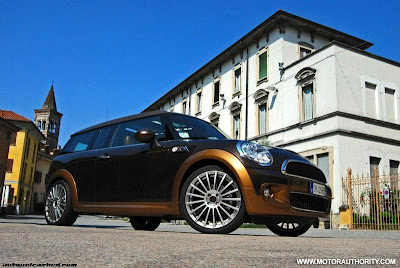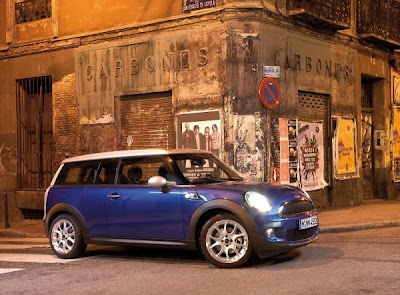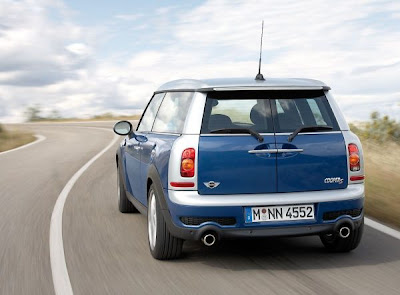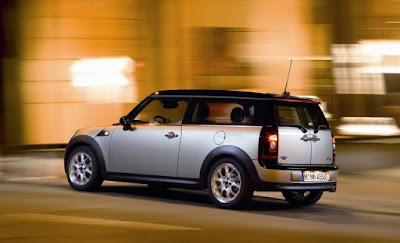The Mini Clubman Cars in Australia
Saturday, June 26, 2010
2:25 AM
,
0 Comments
ป้ายกำกับ: Mini , Mini Classic Cars , Mini Clubman , Mini Clubman1275GT , MINI Cooper Clubman Cars
ป้ายกำกับ: Mini , Mini Classic Cars , Mini Clubman , Mini Clubman1275GT , MINI Cooper Clubman Cars
The Mini Clubman Cars in Australia
For the Australian market, all Minis including the Van gained the Clubman front in 1971 although the cars was still basically a Mk I behind the A-Pillar. The Australian van thus became the only Clubman Van produced anywhere in the world. From mid 1971 to the end of 1972, a Clubman GT version of the sedan was produced. This was essentially a Cooper S in Clubman body, equipped with the same 7.5-inch (190 mm) disc brakes, twin fuel tanks, and twin-carb Cooper S 1275 cc engine. Australian Clubman sedans were marketed under the Morris Mini Clubman name when introduced in August 1971, and as the Leyland Mini, without the Clubman name, from February 1973.







































